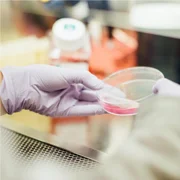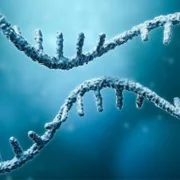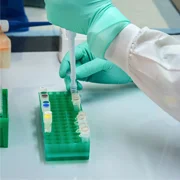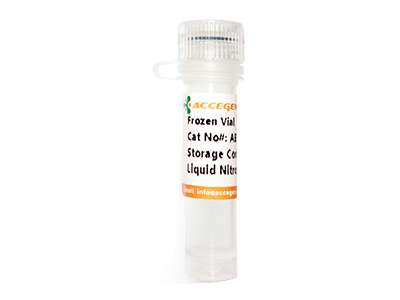Featured Products
- In-Stock Tumor Cell Lines
- Human Orbital Fibroblasts
- Human Microglia
- Human Pulmonary Alveolar Epithelial Cells
- Human Colonic Fibroblasts
- Human Type II Alveolar Epithelial Cells
- Human Valvular Interstitial Cells
- Human Thyroid Epithelial Cells
- C57BL/6 Mouse Dermal Fibroblasts
- Human Alveolar Macrophages
- Human Dermal Fibroblasts, Adult
- Human Lung Fibroblasts, Adult
- Human Retinal Muller Cells
- Human Articular Chondrocytes
- Human Retinal Pigment Epithelial Cells
- Human Pancreatic Islets of Langerhans Cells
- Human Kidney Podocyte Cells
- Human Renal Proximal Tubule Cells
Primary Cells
Explore Products



 WI-38 is a human fibroblast cell line originally derived from the lung tissue of a 3-month-gestation female fetus of European descent without associated disease. This adherent cell line exhibit fibroblast-like morphology and demonstrates a doubling time of approximately 24 hours under standard culture conditions. Karyotypic analysis confirms a normal diploid complement (46,XX). As the first human diploid cell line approved for vaccine production, it has been instrumental in biomedical research and biomanufacturing. Its susceptibility to a broad range of human viruses, coupled with its genetic stability, has made it instrumental in the production of vaccines against diseases such as rubella, rabies, and adenovirus.
WI-38 is a human fibroblast cell line originally derived from the lung tissue of a 3-month-gestation female fetus of European descent without associated disease. This adherent cell line exhibit fibroblast-like morphology and demonstrates a doubling time of approximately 24 hours under standard culture conditions. Karyotypic analysis confirms a normal diploid complement (46,XX). As the first human diploid cell line approved for vaccine production, it has been instrumental in biomedical research and biomanufacturing. Its susceptibility to a broad range of human viruses, coupled with its genetic stability, has made it instrumental in the production of vaccines against diseases such as rubella, rabies, and adenovirus. 